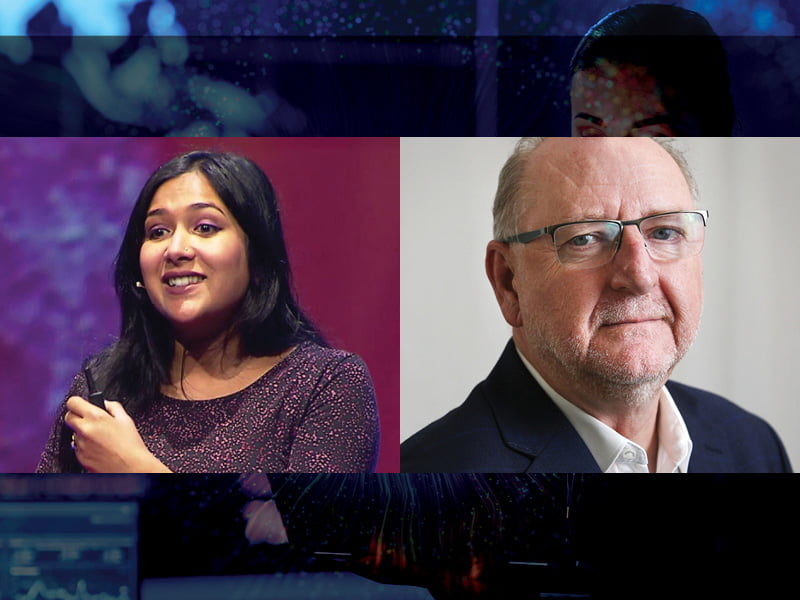Commercialisation has for many decades been a pain point for the Australian science and technology sectors. We do the science brilliantly, punching well above our weight in terms of research and innovation output.
But we often miss the boat on turning those inventions into successful organisations, losing a lot of our patents and potential high-tech industry to countries with more robust venture capital and commercialisation environments like Israel and the United States and more recently China.
These challenges can be particularly pronounced for women, where cultural biases internal to the business and scientific communities can make it even harder when you’re perceived to be rocking the boat, either on the science side, or in the corporate world.
Dharmica Mistry, co-founder and former chief scientist for BCAL Diagnostics and head of MedTech and BioTech for Cicada Innovations, invented a blood test for breast cancer, which propelled her from the more behind-the-scenes role of ‘pure scientist’ into the realm of commercialisation.

Joining the first episode of the Counterpoint Conversations podcast series, she said: “I had quite an identity crisis early on. I was scared of not being a ‘real scientist’.” She was also scared, on the flip side, that she wouldn’t be taken seriously by the business world.
Ms Mistry was clearly very capable and able to upskill in the areas of corporate expertise that were required to make that project work.
But the question needs to be asked: in the 21st century, as high-tech industry takes an increasingly central role in the Australian economy, aren’t these skills that should be embedded into scientific education and the research culture more broadly?
Presently, the transition into industry can be terrifying for any scientist, regardless of gender. It means no research papers, no publications – the very measure of an academically “successful” and “on the rise” researcher in any field.
It’s an over emphasis that some have started to argue is outdated, and moreover counterproductive when what you want to see is real-world applications for new and exciting ideas.
A large part of this struggle is a need to reframe the way that Australian researchers are taught to think about their work and the very role of scientific endeavour.
Many scientists work on a very specific and granular problem for years on end: exploring, testing, perfecting, testing again.
The trick is getting those finely honed minds to step back once in a while and look at possible applications of their research in (sometimes surprising) commercial places.
Alistair Gordon is chief executive at leadership development consultancy HFL Leadership. He describes the capacity to be both scientifically brilliant and also able to see where your innovations can be effectively deployed in the real world as a “killer skill”.
After that, the real secret sauce then is having the communication skills and training to explain the value of your research to a broader audience and bring them along with you on your commercialisation journey.
“I think people love being an expert,” says Ms Mistry. “It’s a wonderful thing and people get really passionate about it, but you can’t get everybody else to be excited about [your work] when they don’t even understand it.”
As Ms Mistry explains: you never know who your research might be relevant to, so being able to make your findings accessible to a broad audience helps find new applications for it that you haven’t even thought of yet.
Finally, the last piece of the whole puzzle and the perennial challenge for Australian commercialisation is the same as it always was: money.
“Australia likes to think it is very gung-ho,” reflects Mr Gordon, “but most of its institutions like banks, investors, high-net-worth individuals, are remarkably conservative.”
He says that HFL is planning a capital raising for one of their projects at the moment and he knows he would get a valuation “at least double and maybe three times as much in California as I would in New South Wales.” Not to mention the access to support services.
So much of our domestic capital is sunk into superannuation and real estate (and real estate by way of superannuation). The rest is invested in “digging stuff up and shipping it to China,” as Mr Gordon puts it.
That is a landscape that really needs to change if we want to promote the vision of the high-tech economy of the future.
The Counterpoint Conversations podcast series was produced as a partnership between Verizon Business Group and InnovationAus.com.
Do you know more? Contact James Riley via Email.
